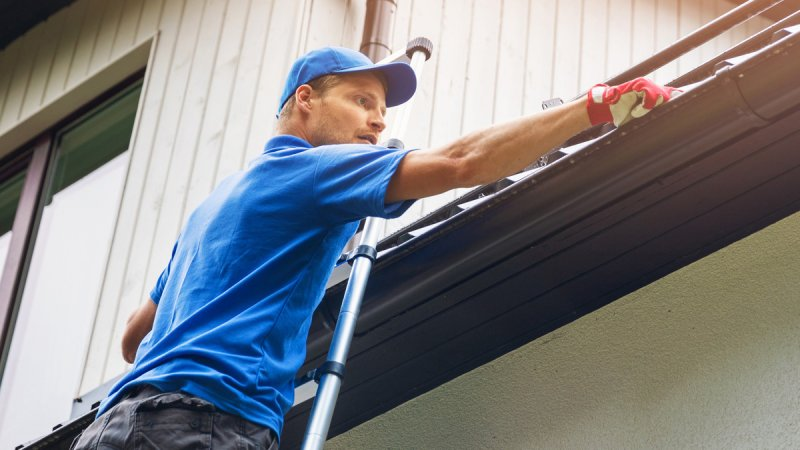Any task that carries a risk of personal injury from a fall counts as “working at height”. In many industries, such as construction, cleaning and agriculture, working at height is a major component of the day to day job; in others, it happens rarely, but can still be dangerous if the correct precautions aren’t taken. Most workers will work at height in some capacity during their career, so it pays to be trained in safety techniques and know what to do to keep you and your staff safe.
Working at height is currently the biggest cause of fatal workplace accidents. It also causes 8% of non-fatal accidents, many of which result in life-changing injuries.
What Legislation covers Working at Height?
The main piece of legislation is the Work at Height Regulations 2005. Introduced with the aim of reducing the amount of deaths and injuries taking place, the regulations have had some success – though there is still a long way to go.
The Health and Safety Executive (HSE) defines the legislation’s overriding principle for employers: “you must do all that is reasonably practicable to prevent anyone falling”. Employers must conduct a risk assessment before any work at height takes place to make sure all potential hazards have been eliminated or at least minimised. They must also make sure that all employees are properly trained in working at height, are competent to do so, have the tools and knowledge to complete the job to a high standard and are aware of all health and safety obligations. Providing the correct safety equipment is an important part of an employer’s duty of care to their workers, in this respect as in all others.
General health and safety requirements, as set out in the Health and Safety at Work etc. Act 1974, apply in cases of working at height.

Which Jobs Class as Working at Height?
Any tasks where a fall could cause personal injury class as “working at height”. This covers window cleaning, painting and decorating, construction, and any job role which includes retrieving things from a height, such as working in a warehouse or library. If your job doesn’t usually include these tasks but you need to work at height on a one time or occasional basis (for example, you need to use a stepladder to get some files from a high shelf), this counts too, and you will be covered by all relevant legislation and protections.
Even if you have completed the job in question many times, it’s important to never become complacent about working at height. In November 2018, a Scottish arable farmer spoke to a trade magazine about a 2013 fall from his tractor. He had been knowingly climbing out of his tractor “incorrectly” for many years but had never come to any harm before. However, on that particular day, he slipped and fell, suffering serious leg injuries and missing six months of work. He now climbs out of his tractors the right way and has spoken about how his accident shows the importance of safe working at height, with 23 fatal farm accidents taking place in the last five years alone.
An often-overlooked category of work at height is tasks that take place at or below ground level. If a fall can take place and cause injury, the legislation applies – even if the fall is underground. In construction, for example, there could be large holes on site that workers or the public could fall into if safety precautions aren’t observed. They should be properly signposted and guarded with railings, and everyone except the workers who need to work on that specific part of the site should be kept at a safe distance. Workers who need to be in the hole should have the correct training and safety equipment, including fall prevention and fall arrest systems as appropriate.
What Employers Need to Do
Employers have a legal and moral duty to take any step in their power to keep their staff and the public safe from all work activities.
A working at height risk assessment is a useful document for identifying hazards (as well as a legal requirement). It provides a written record of any recognised problems and how they’ve been addressed. It should be updated on an ongoing basis to make sure different projects and circumstances are accounted for.
They need to provide all equipment required, including personal protective equipment (PPE).


